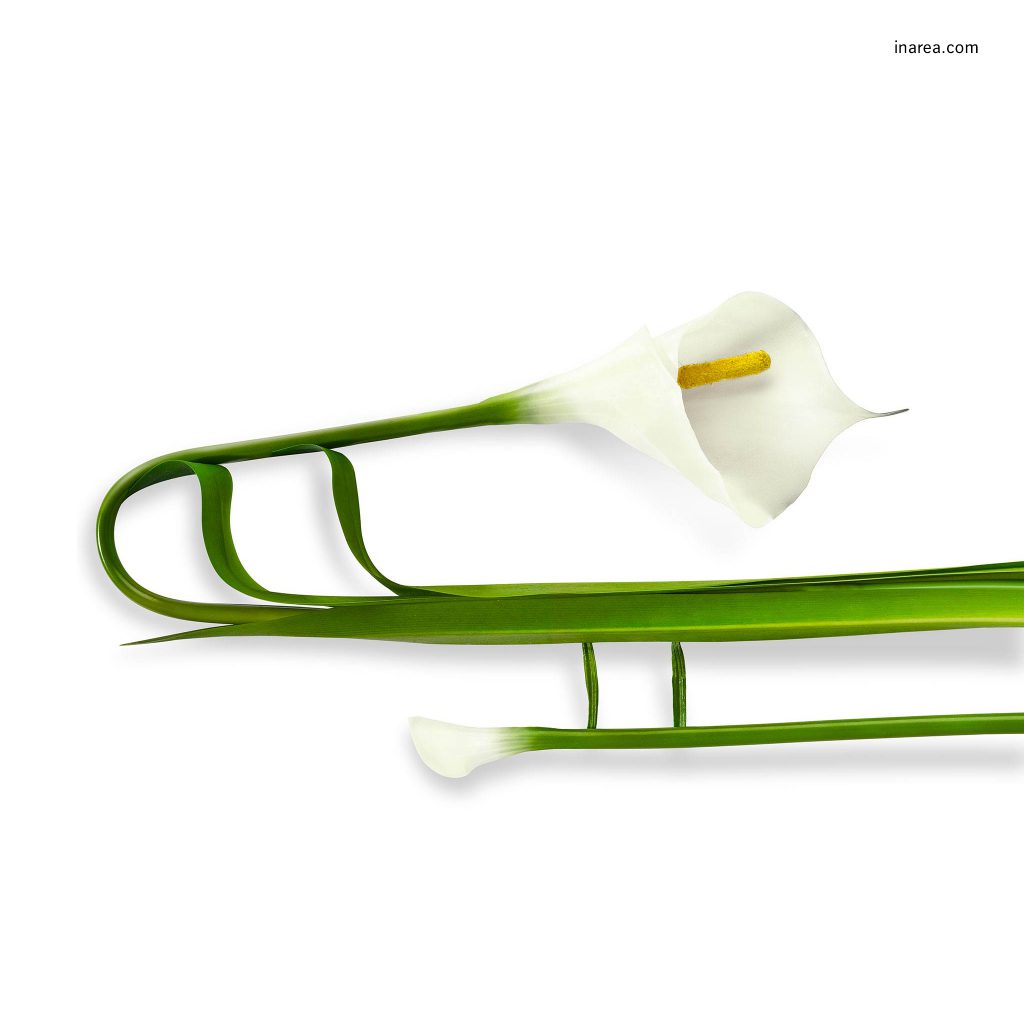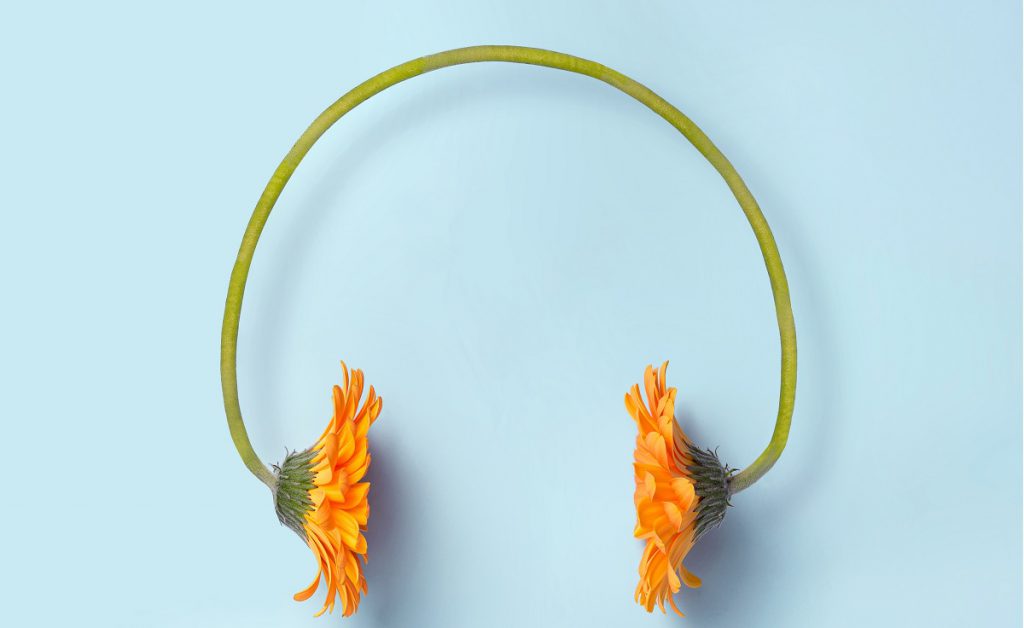
Quanto risuona d’Europa questa settimana? La bandiera a 12 stelle si prende tutto il suo posto in un blu dipinto di blu. La citazione di Modugno non è un caso: nel comporre il suo inno fu un’immagine a guidarlo ed era un azzurro di Chagall (pittore russo, ma lo scriviamo tra parentesi). E dunque, questi sono i giorni in cui Torino si appunta sul petto la spilla dell’Eurovision, nato nel 1956 su ispirazione del nostro Sanremo. Eppure, scorrendo i vincitori da quell’anno ad oggi, troviamo una nutritissima lista di campioni rimasti, ahinoi, solo locali (Abba a parte, che ebbero una speciale licenza per cantare in inglese e non in svedese).
Dunque, per ricavare da questa settimana qualcosa che superi la prova del tempo, dovremmo forse rivolgerci ai suoi potenziali di base: suono e visione. Il primo è una musica senza parole. Sarà un caso, ma il concerto di lunedì 9 maggio al Campidoglio (anniversario della Festa dell’Europa, dedicata a David Sassoli), ha aperto con l’“Estate” di Vivaldi: una melodia che non bussa, entra sicura, diremmo in gergo di primavera. La seconda è far parlare, senza nessuno scioglilingua, solo l’immagine. E infatti questo sabato sarà la Notte Europea dei musei, con ingresso serale e ad un costo simbolico in molti istituti culturali del continente.
Del resto, il discorso di Robert Schuman del 9 maggio 1950 (da cui partì la nostra Europa), ha superato la prova del tempo. Allora come oggi, i problemi erano acciaio, energia e guerre; come preservare la pace mondiale? “Con sforzi creativi, proporzionali ai pericoli che la minacciano”. Mettiamo così al centro una composizione che evoca solo suono e visione; è il nostro piccolo contributo creativo. Fiorirà l’immaginazione?
Now is the month of Maying
How loudly is Europe resonating this week? The 12 gold stars on its flag take their rightful place “in the blue, painted in blue”. The reference to the lyrics of Domenico Modugno’s ultra-famous Italian song “Volare” is apt: in composing what was to become an icon of “Italianness”, the songster drew his inspiration from the blueness of the sky in a painting by (Russian artist) Chagall – we’re writing his nationality in cautious brackets. This week Turin is hosting the Eurovision Song Contest, the first edition of which, inspired by Italy’s Sanremo Music Festival, was held in 1956. However, if we scroll down the long list of winners from that first year onwards, we’ll find that most of these, alas, remained local celebrities only (excluding Abba who were given special permission to sing in English, rather than Swedish).
Therefore, in order to ensure that we get something that’ll stand the test of time out of this week, we’ll need to work on the Contest’s basic components, i.e. sound and vision. For the former, let’s go for music without words. It may be a coincidence, but the concert dedicated to David Sassoli and celebrating Europe Day, held on the Capitol Hill in Rome on Monday, 9 May, opened with Vivaldi’s “Summer” concerto from The Four Seasons, a melody that doesn’t knock at the door but – spring having sprung – bursts in boldly. For the latter, let’s go for speaking images. It so happens that all over the continent this Saturday will be the European Night of Museums on which museums stay open until late into the night, with entrance tickets priced at a token cost.
After all, the declaration that Robert Schuman delivered on 9 May 1950 (which marked the starting point of the European Union) has indeed stood the test of time. In those days, just like today, the big problems were steel, energy and wars and, in the words of the famous French Foreign Minister, “World peace cannot be safeguarded without the making of creative efforts proportionate to the dangers which threaten it.” Here, then, is our own composition which evokes only sound and vision; it’s our small creative contribution. A flowering of the imagination?
